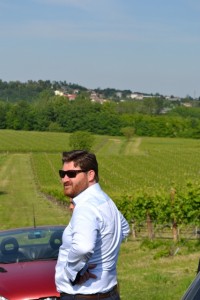
When Stefano invited me to visit Masottina during Vino in Villa last May, I was looking forward to seeing the winery and, as anticipated at any winery visit, I also looked forward to tasting the Masottina wines. Imagine my surprise when the winery turned out to be a construction zone. No, really. It was a full-out construction zone, complete with the need to jump over gaps in the pavement (in my customary high heels and a dress) and stay away from wet concrete. And yet, it turned out to be quite a visit.
Masottina is constructing a state-of-the-art facility that is enormou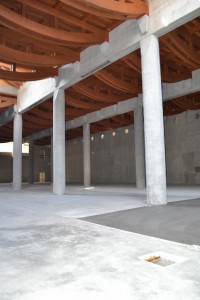 s. The building would have been a bit of a monstrosity, marring the beautiful landscape given its behemoth size, but the winery is actually built into the side of a hill. A big hill. Thus, the underground levels practically disappear.
s. The building would have been a bit of a monstrosity, marring the beautiful landscape given its behemoth size, but the winery is actually built into the side of a hill. A big hill. Thus, the underground levels practically disappear.
Gingerly walking down flight after flight, I was given a tour of each floor with Masottina’s Marketing Manager, Federico dal Bianco. In viewing the structure, Masottina appears to be sparing no expense. The concrete floors share space with stunning wood beams overhead, recalling the hull of a graceful ship, while the sheer height of the space, along with the massive support columns, puts one in mind of a church or Greek temple. It was impressive as a work-in-progress; it will be incredible to see completed.
But, despite spending about an hour at the site, plus a brief visit to their nearby vineyards, there was no wine, of course. Fortunately, I had the opportunity to taste through the Masottina wines at the Vino in Villa event later that evening.
While I did enjoy their Conegliano Valdobbiadene Prosecco Superiore wines in both Brut and Extra Dry styles, it was their Rive-designated wine that stole my heart. Rive wines are a new classification that were introduced with the new regulations, which promoted Prosecco Superiore to DOCG status, and indicate wines that are harvested from a single vineyard in one of hte designated zones and at lower yields.
Conegliano Valdobbiadene Prosecco Superiore Extra Dry “Rive di Ogliano” 2011
Aromas of floral, pear and minerality greeted the nose and were repeated on the palate. Not surprisingly, given that it was labeled as Extra Dry, the wine did display a hint of sweetness on the palate, but it was coupled with sufficient acidity to balance the slight residual sugar. This balance remained throughout the wine’s long length.
Beyond Prosecco Superiore, Masottina also produces wines under several other denominations, including the (also newly promoted) Colli di Conegliano DOCG. Thus, when I arrived in Venice a few days later, I was delighted to see the Massotina Colli di Conegliano Bianco on the list at Al Covo. Admittedly, I didn’t take any tasting notes on this blend of Incrocio Manzoni , Chardonnay, Pinot Blanc, Sauvignon Blanc and Riesling, but, trust me, it was a lovely pairing with my meal.

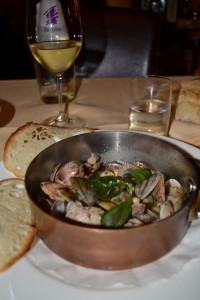
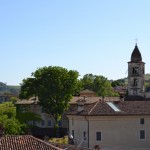
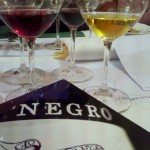
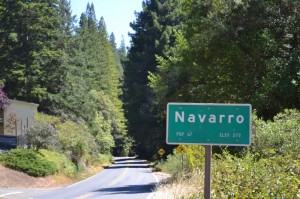
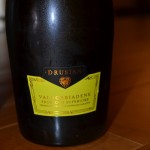
![FireIslandRO[1]](http://itsawinederfullife.com/wp-content/uploads/2012/06/FireIslandRO1-145x150.png)


